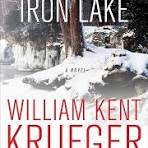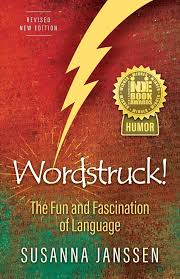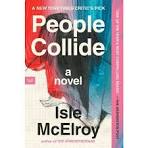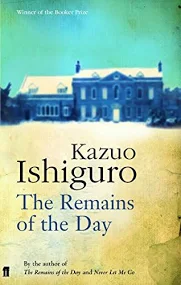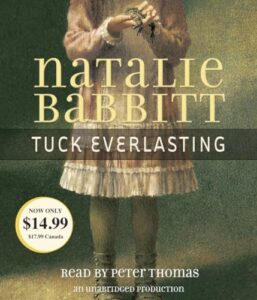William Kent Krueger
Fiction 1998/ 330 pages
![]()
I read and really enjoyed Ordinary Grace (see my blog post; 4 hearts) and then discovered that William Kent Krueger is a prolific writer, with 26 books to his name, 20 of them in the "Cork O'Connor Mystery series." So, I thought I would try the first book in the series, Iron Lake.
Scatter shot. Those are the words that come to mind when I think about how to describe Iron Lake. Too many characters, too many deaths, too much shallowness of characters. I really don't know what happened, including at the end where the author wraps the story up.
The main character, Cork O'Connor, is the former sheriff in the town of Aurora, near Lake Superior. Of course, he can't stop "sheriffing." The descriptions of the snow, the water, the freezing temperatures are vivid and compelling. Cork is the only character we gain real insight into.
I will not continue with the next books of the series. I just didn't care for Iron Lake enough to do so.
Which makes me want to ask ... the time may be upon us ... do YOU have a good mystery or time travel series to recommend to me? Cooler weather will come soon! (Even though it was 102 today.) Think Robert Parker’s Spenser series (mystery) or Diana Gabaldon’s Outlander (time travel).
I don't really recommend Iron Lake, but some of you might want to give it a try.
August 2024

